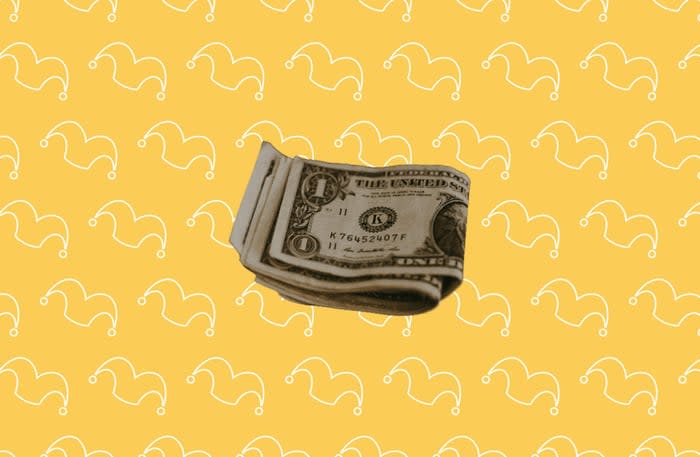Think You're Safe Putting $250,000 Into a Savings Account? Here's Why You May Not Be

Image source: The Motley Fool/Upsplash
The nice thing about putting money into a savings account or certificate of deposit (CD) is that your principal deposit is protected from losses. When you put money into stocks, there's always the chance of losing some so that an initial $10,000 investment only ends up being worth $8,000 -- or less. But if you put $10,000 into a bank that's FDIC-insured, you're guaranteed not to lose any of that $10,000, even if your bank goes under.
But FDIC insurance isn't unlimited. Rather, you're protected for up to $250,000 per person, per bank. And it doesn't matter how many accounts you have at a single bank -- your total amount of protection per institution is $250,000. You can also double your FDIC insurance limit at any given bank by having a joint account holder.
Given these rules, you might assume that you're safe to put $250,000 into a savings account at a single bank. But that's actually a bad idea.
You don't want to exceed the FDIC insurance limit
If you're sitting on $250,000, you might assume you're fine to put all of it into a single savings account. And if you're thinking, "Who on earth has $250,000 in cash these days?" consider that many people keep their home down payments in savings until they're ready to buy. Given where housing prices are at today, it's not inconceivable to have $250,000 on hand for a home purchase when you're buying property in an expensive part of the country.
The reason you really should not put $250,000 into a single savings account is simple: Once you start earning interest on that money, you're going to exceed the $250,000 mark. And from there, you lose FDIC insurance on a portion of your money.
So let's say you deposit $250,000 and that balance grows to $252,000 after a few months because you're earning a nice amount of interest on it. If your bank were to fail, you'd risk losing your $2,000 in interest. And while you could argue that that's not a catastrophic loss for someone with a quarter of a million dollars in the bank, it's a loss nonetheless. So why risk it?
Consider spreading your money around
If you have $250,000 you want to keep in cash for the near term, or a sum in that vicinity, then it's generally best to spread it out across more than one bank for complete FDIC protection. If you have exactly $250,000, you may decide to keep $225,000 at one bank and your remaining $25,000 at another.
Remember, the FDIC protection you're entitled to is on a per-bank basis, not per-person basis. It's not like you're only covered for a total of $250,000 no matter where your money is being kept. Rather, you get $250,000 worth of protection per bank -- so if you have accounts at four institutions, that's $1 million of protection all-in.
Of course, most people aren't in a situation where they have to worry about exceeding a $250,000 balance in a single savings account. But if you're socking cash away for a near-term goal, be mindful of that limit and make sure you're not setting yourself up to potentially lose money.
Alert: highest cash back card we've seen now has 0% intro APR until 2025
This credit card is not just good – it's so exceptional that our experts use it personally. It features a 0% intro APR for 15 months, a cash back rate of up to 5%, and all somehow for no annual fee!
Click here to read our full review for free and apply in just 2 minutes.
We're firm believers in the Golden Rule, which is why editorial opinions are ours alone and have not been previously reviewed, approved, or endorsed by included advertisers. The Ascent does not cover all offers on the market. Editorial content from The Ascent is separate from The Motley Fool editorial content and is created by a different analyst team.The Motley Fool has a disclosure policy.
